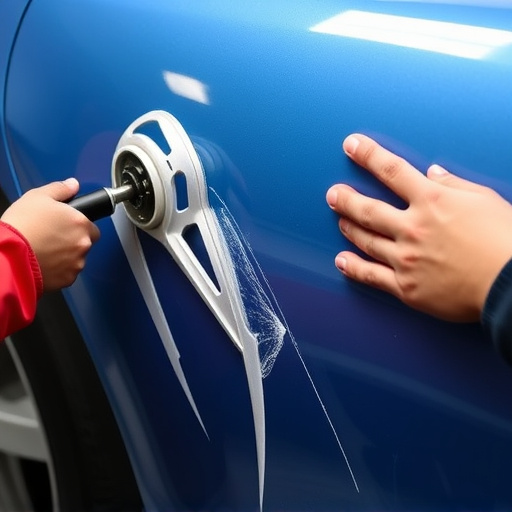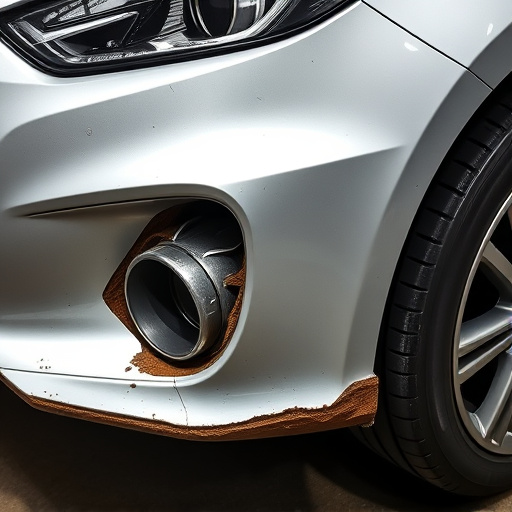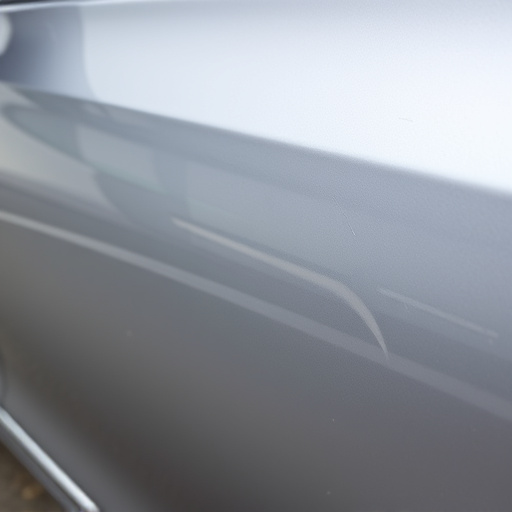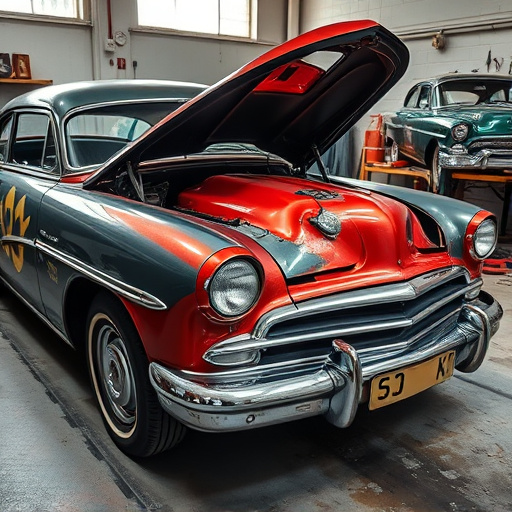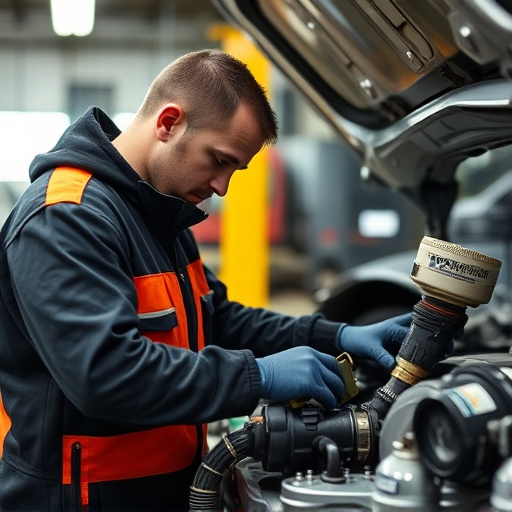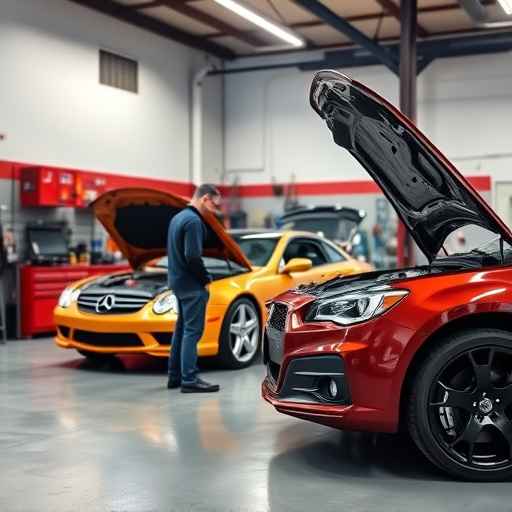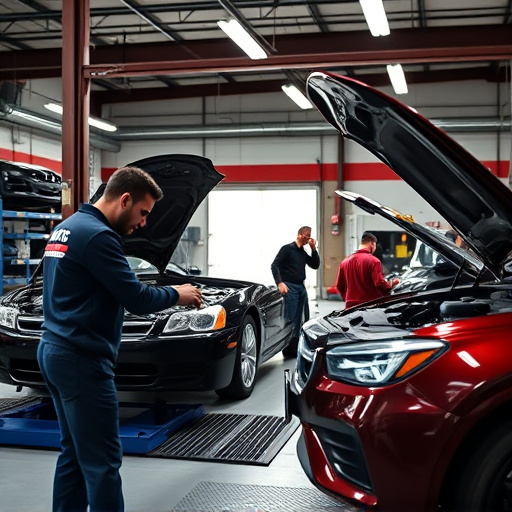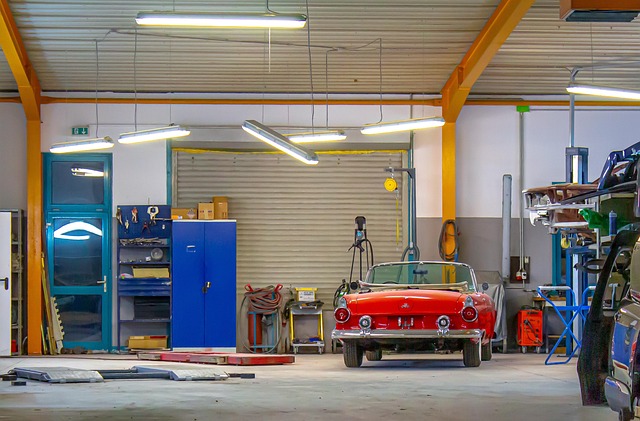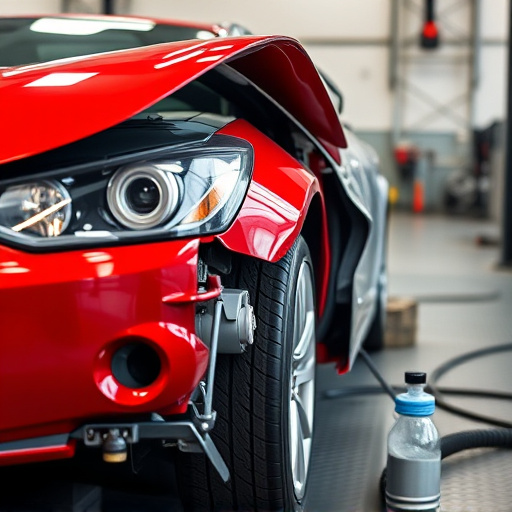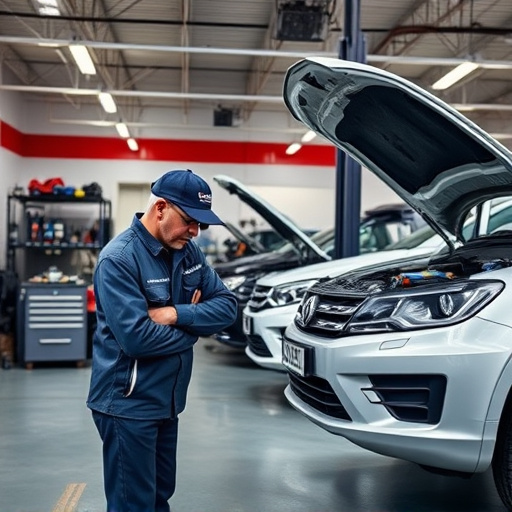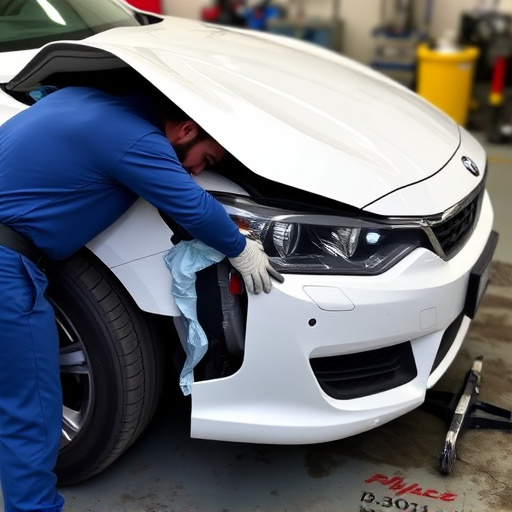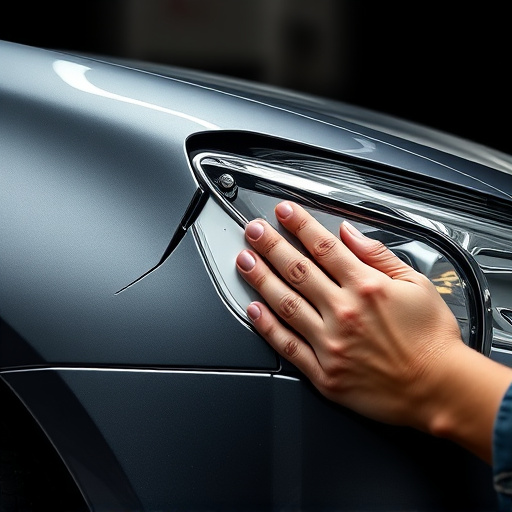In automotive restoration, understanding various dent repair techniques is crucial for technicians. They categorize dents as minor (dings, scratches) or major (cracks, deep indentations) and choose suitable methods like PDR for swift, eco-friendly repairs or panel beating for severe damage. Modern innovations like PDR have transformed the industry, reducing repair times, enhancing quality, and minimizing environmental impact compared to traditional methods.
In the realm of automotive aesthetics, technicians play a pivotal role in restoring vehicles to their pre-damaged condition through various dent repair techniques. Choosing the right approach is an art that involves meticulous consideration. This article delves into the intricate process, exploring different dent repair methods—from traditional to modern—and highlighting key factors like vehicle specifics, damage extent, and cost-effectiveness. By examining these aspects, technicians ensure optimal results while meeting client expectations.
- Understanding Different Dent Repair Techniques
- – Types of dents: Minor vs. major
- – Traditional vs. modern repair methods
Understanding Different Dent Repair Techniques
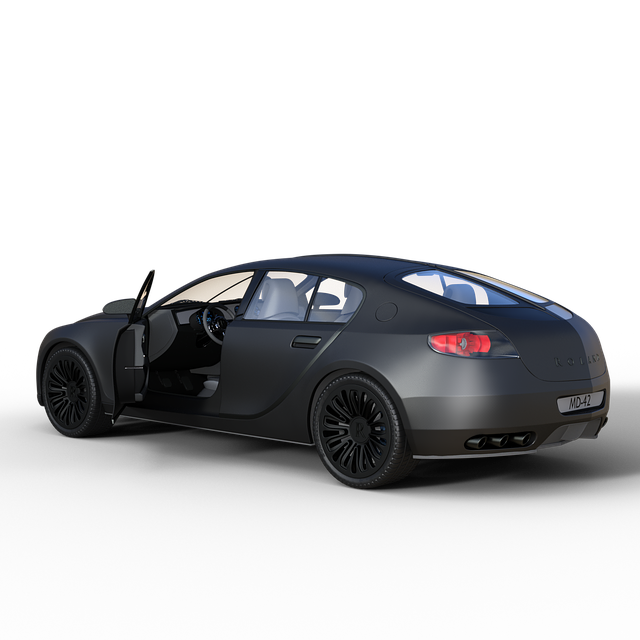
In the realm of automotive aesthetics, understanding various dent repair techniques is akin to a technician’s secret weapon. Each method, from paintless dent removal (PDR) to traditional panel beating, possesses its own nuances and advantages. Technicians must grasp these differences to make informed decisions when restoring a vehicle’s exterior, especially after car collision repairs or visits to an auto body shop services.
Knowing the intricacies of dent repair techniques allows professionals to match the right approach with each specific damage scenario. For instance, while PDR is ideal for shallow dents and provides a virtually seamless finish, it might not be suitable for severe deformities. In contrast, panel beating, often employed in comprehensive car collision repairs, demands precision and skill, ensuring that panels are replaced or straightened to factory standards. This knowledge enables technicians to deliver top-notch body shop services, revitalizing vehicles to their pre-incident condition.
– Types of dents: Minor vs. major

When technicians assess dents, categorizing them as minor or major is crucial for selecting the most effective dent repair techniques. Minor dents, such as small dings, scratches, and chips, can often be addressed with less intensive methods. Common minor dent repair involves painting over the damaged area, using special tools to reshape the bent metal, or applying plastic fillers to smooth out the imperfection. These quick fixes are typically cost-effective and suitable for maintaining a vehicle’s aesthetic appeal without delving into more complex procedures.
Major dents, on the other hand, present significant challenges that demand specialized body shop services. Cracks, large holes, or deep indentations may require extensive repairs, including metal welding, panel replacement, or even complete vehicle reconstruction. Technicians must have a wide array of dent repair techniques at their disposal to handle such cases effectively, ensuring the safety and structural integrity of the vehicle as well as delivering top-notch car repair services or body shop services for optimal customer satisfaction with vehicle repair.
– Traditional vs. modern repair methods

In the realm of dent repair techniques, a fascinating evolution has taken place over the years, transitioning from traditional methods to modern innovations. Technicians now have a plethora of options to choose from, each offering unique advantages and applications. The traditional approach involved labor-intensive processes such as sanding, painting, and body panel replacement, which required significant time and expertise. However, with advancements in technology, modern dent repair techniques like paintless dent repair (PDR) have emerged as game-changers.
Paintless dent repair has revolutionized the auto dent repair industry by providing a faster, more efficient, and environmentally friendly solution. This technique focuses on restoring the original shape of a vehicle’s panel without affecting its finish. Unlike traditional methods that often left visible traces of damage, PDR techniques use specialized tools to gently push the dent back into place, leaving no trace of the previous imperfection. As a result, automotive collision repair professionals can now offer customers quick turnaround times and superior quality outcomes with minimal environmental impact.
In the realm of dent repair, technicians play a crucial role in selecting the most suitable techniques for various dent types. By understanding the distinctions between minor and major dents, as well as the evolution from traditional to modern repair methods, professionals can navigate the landscape of options effectively. This knowledge enables them to enhance the vehicle’s aesthetics, ensuring a smooth and satisfying customer experience. Therefore, staying abreast of advancements in dent repair techniques is vital for technicians aiming to provide top-notch services.
